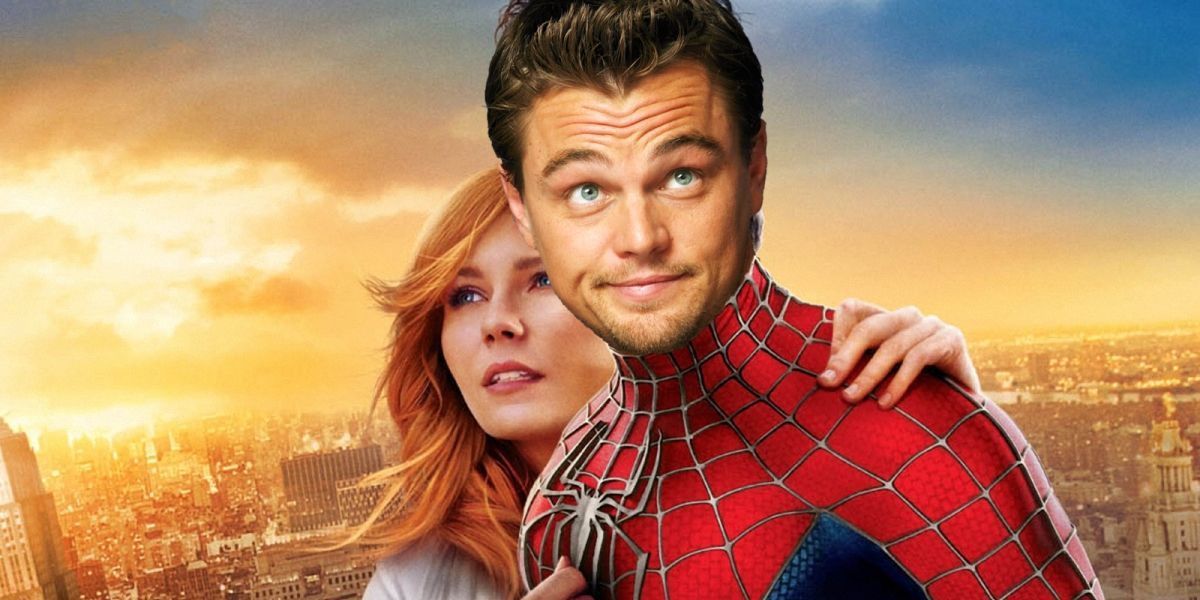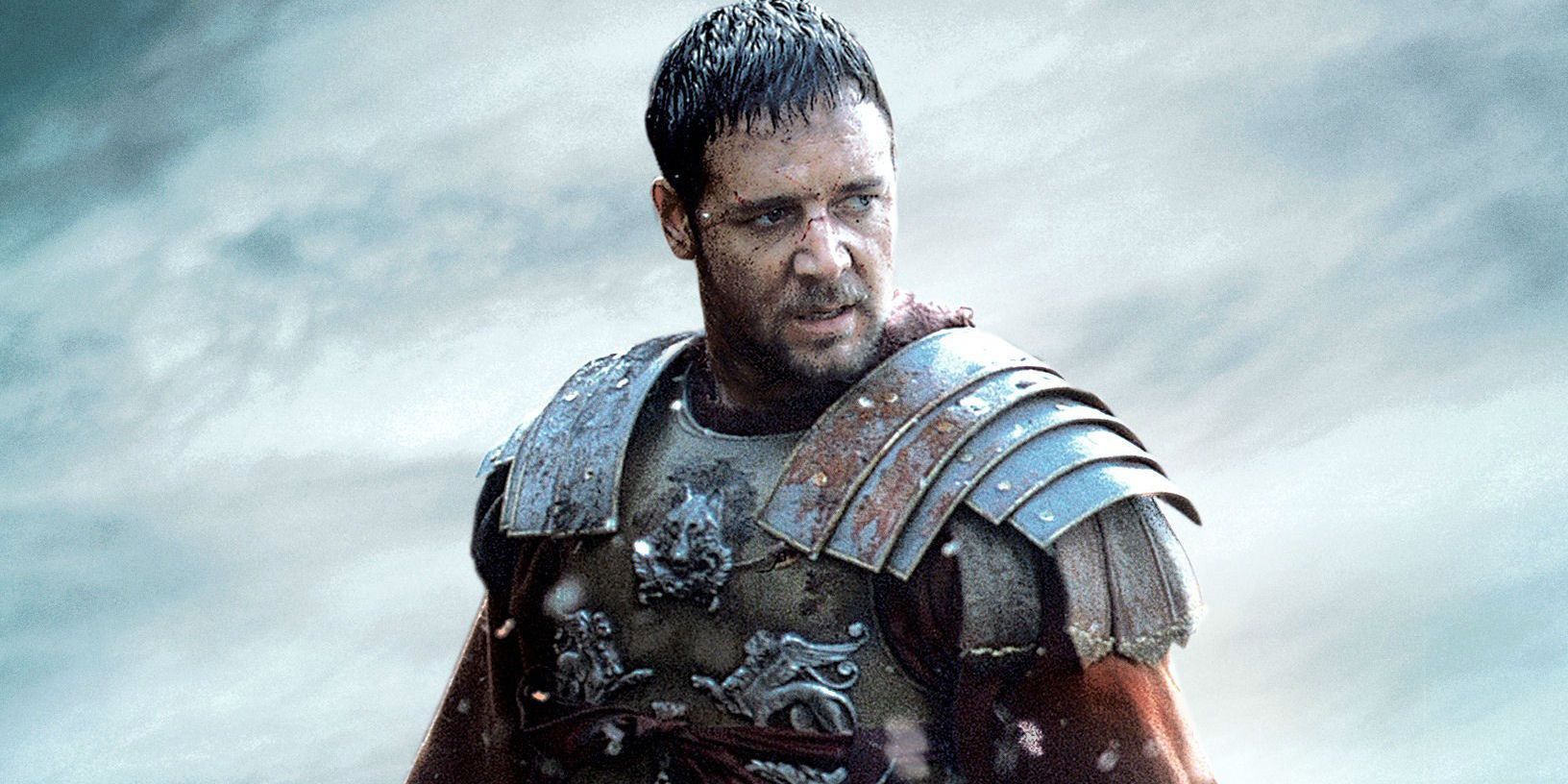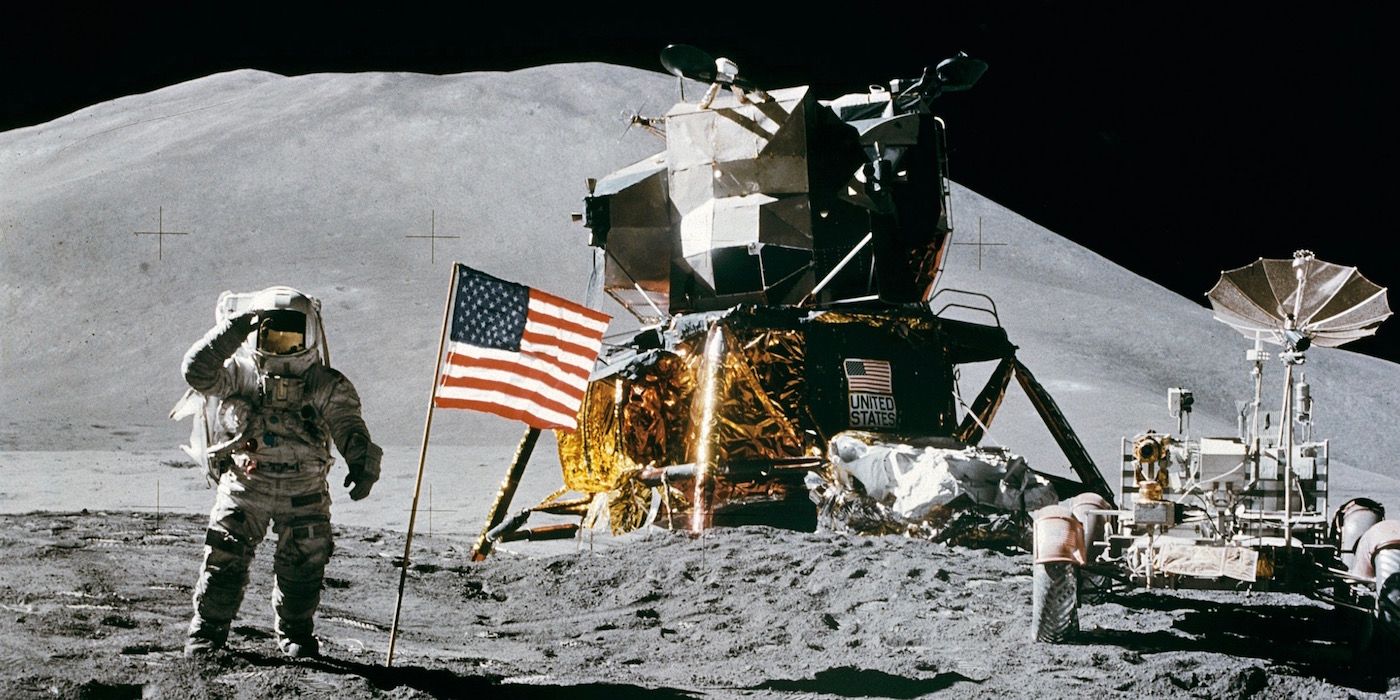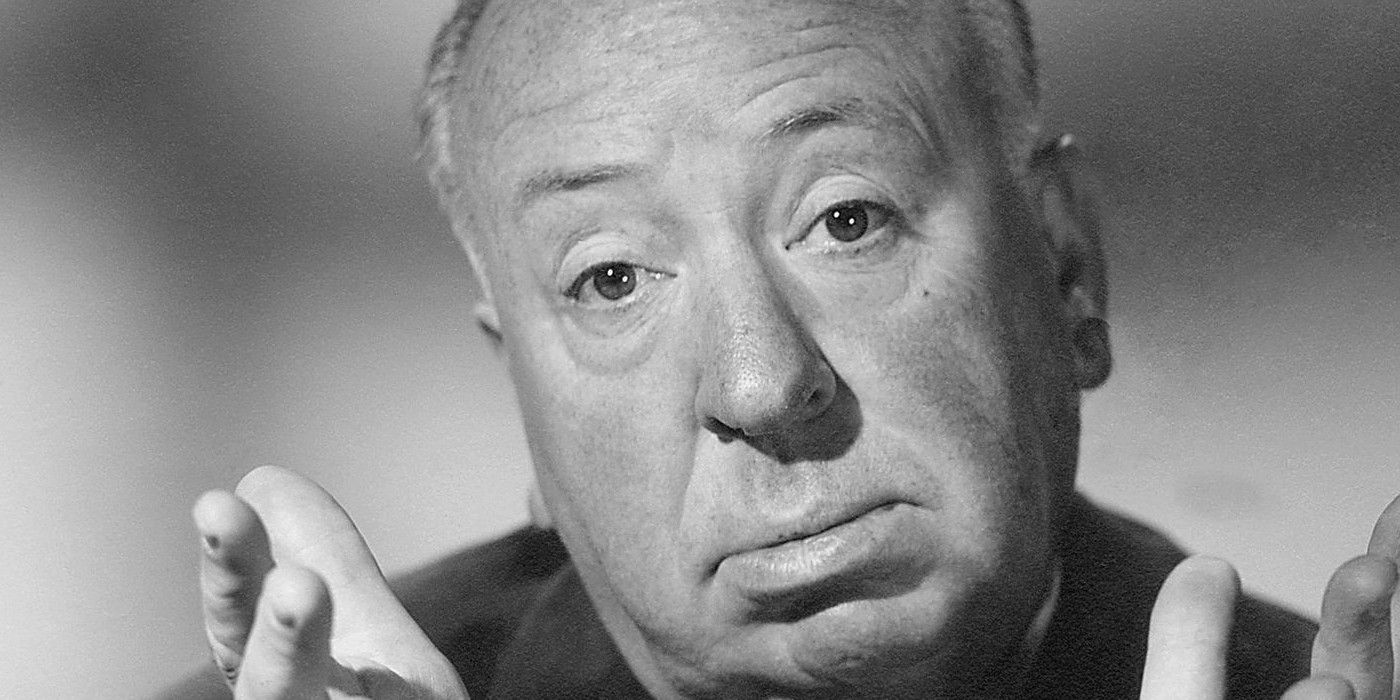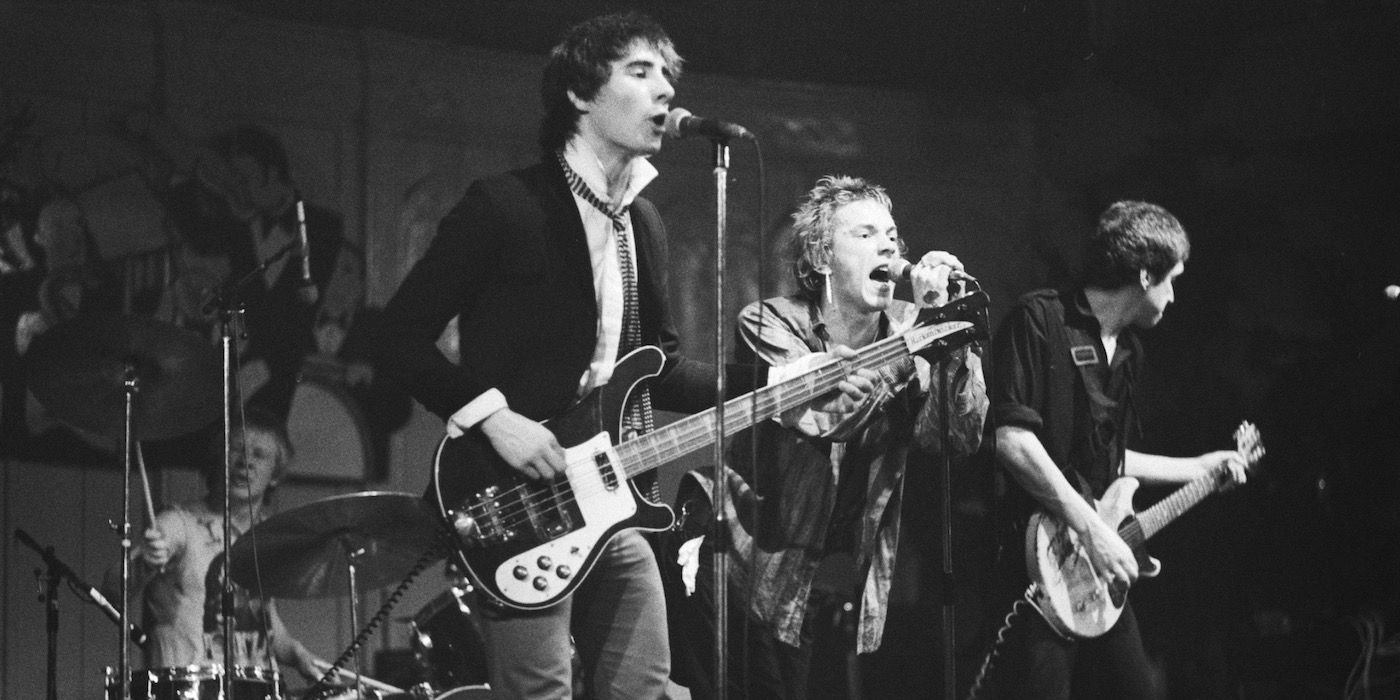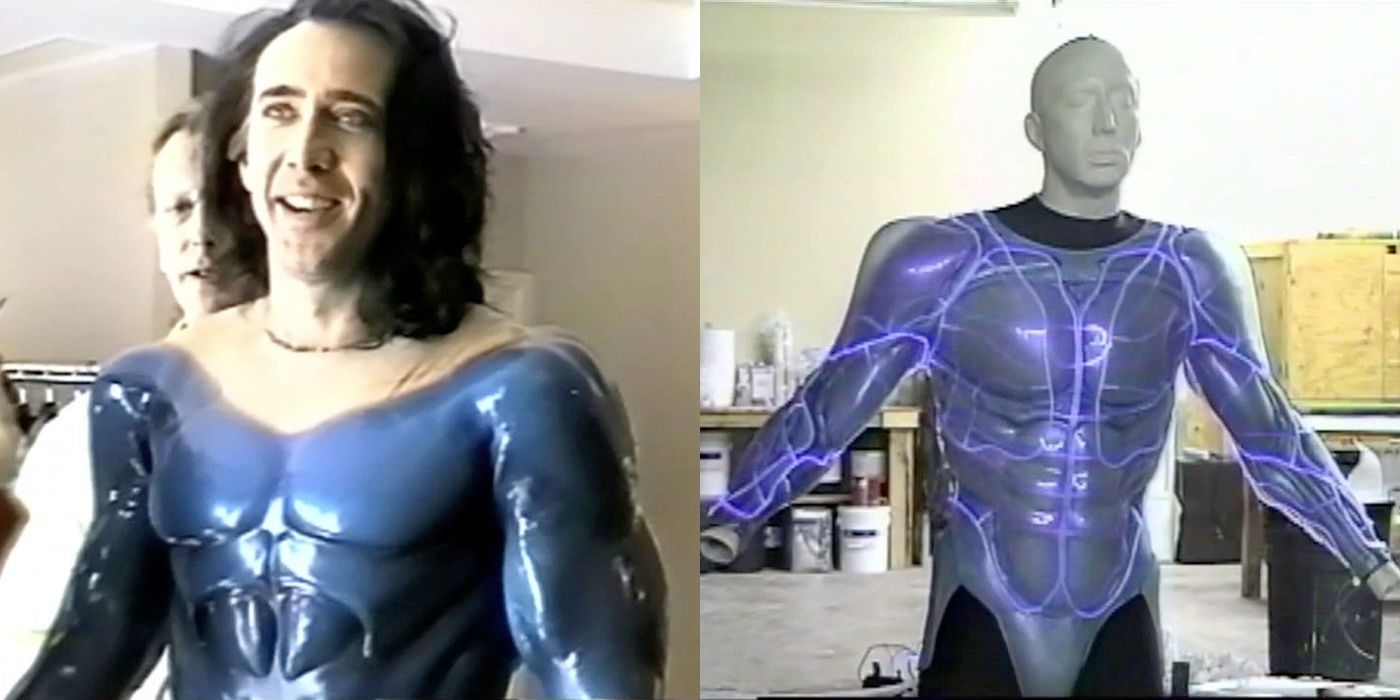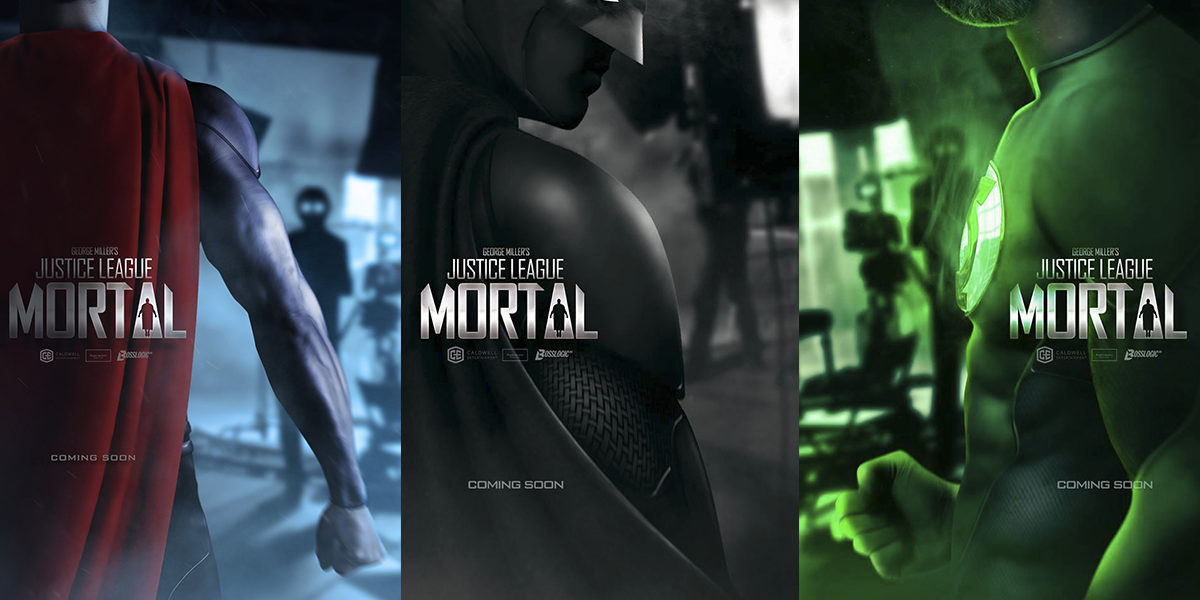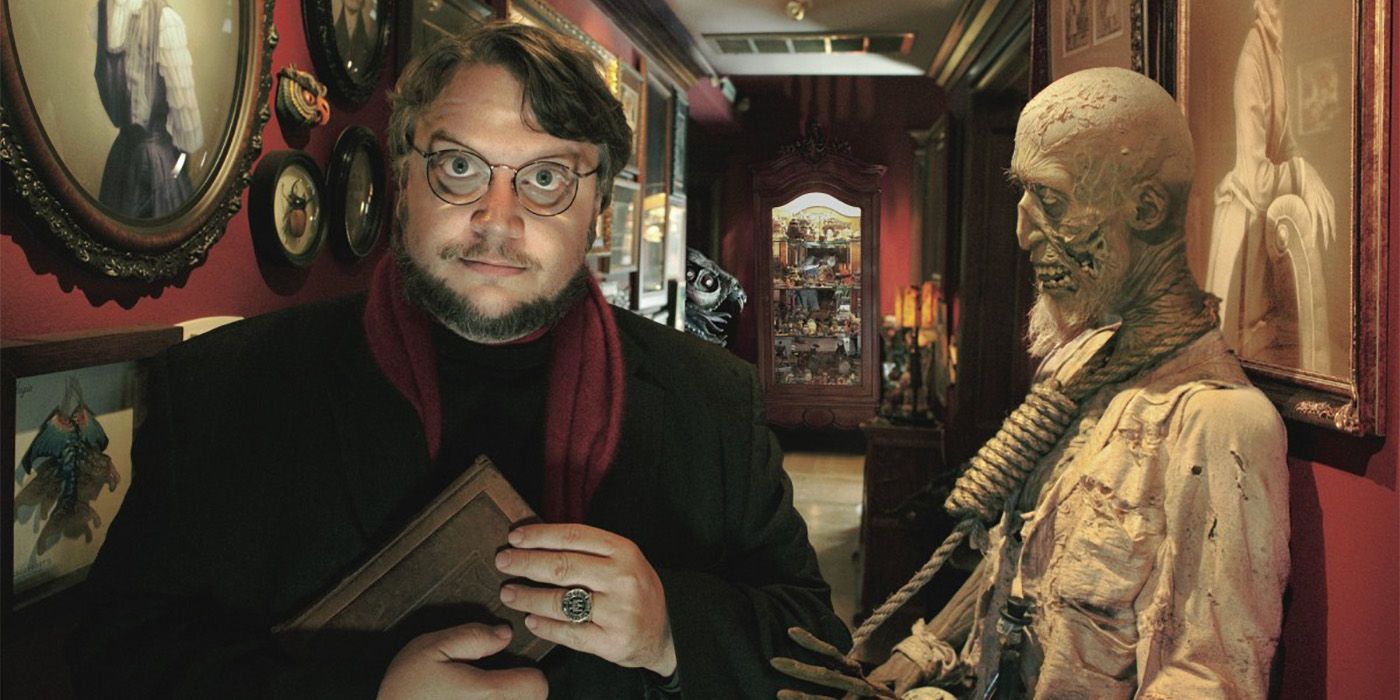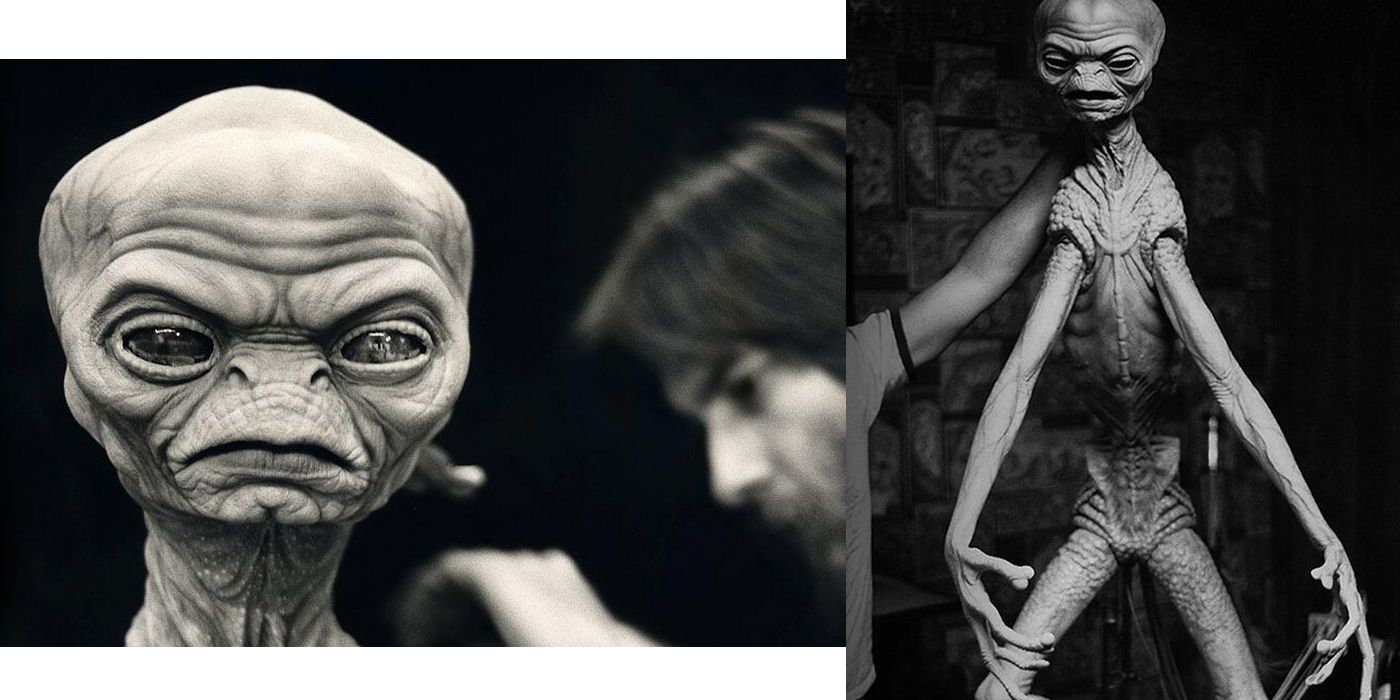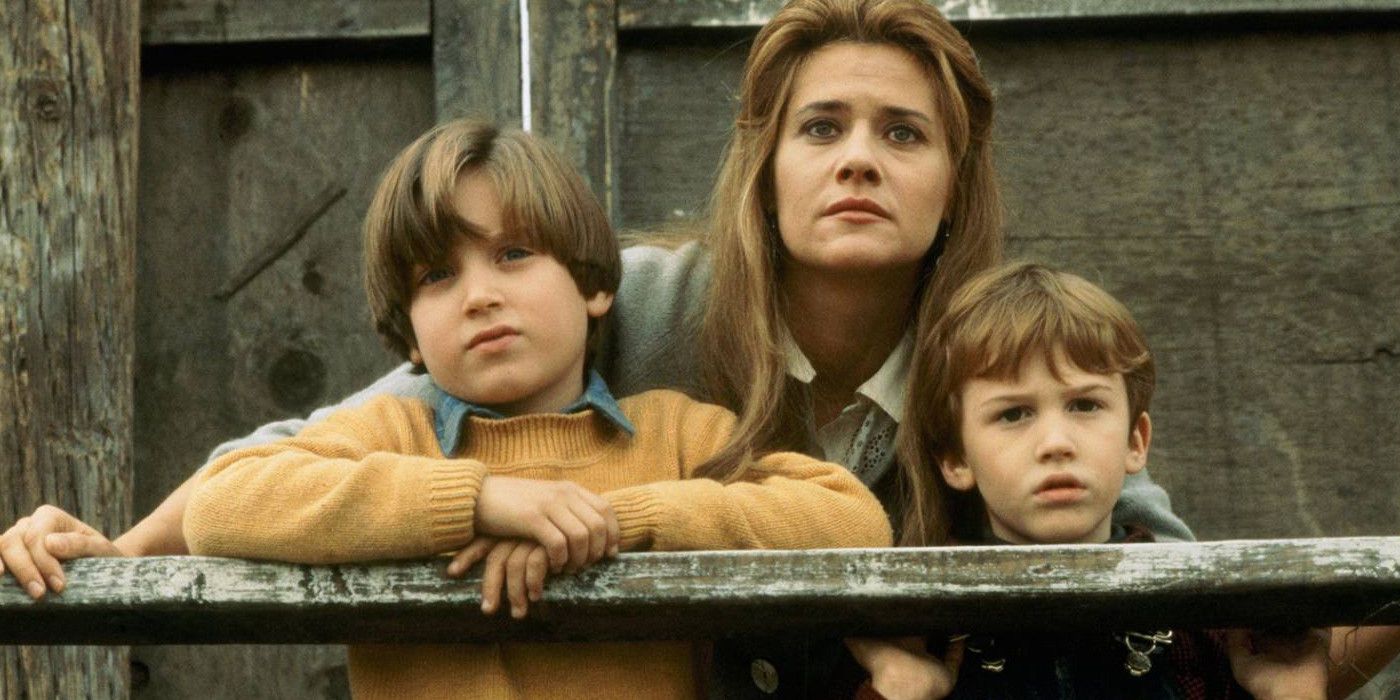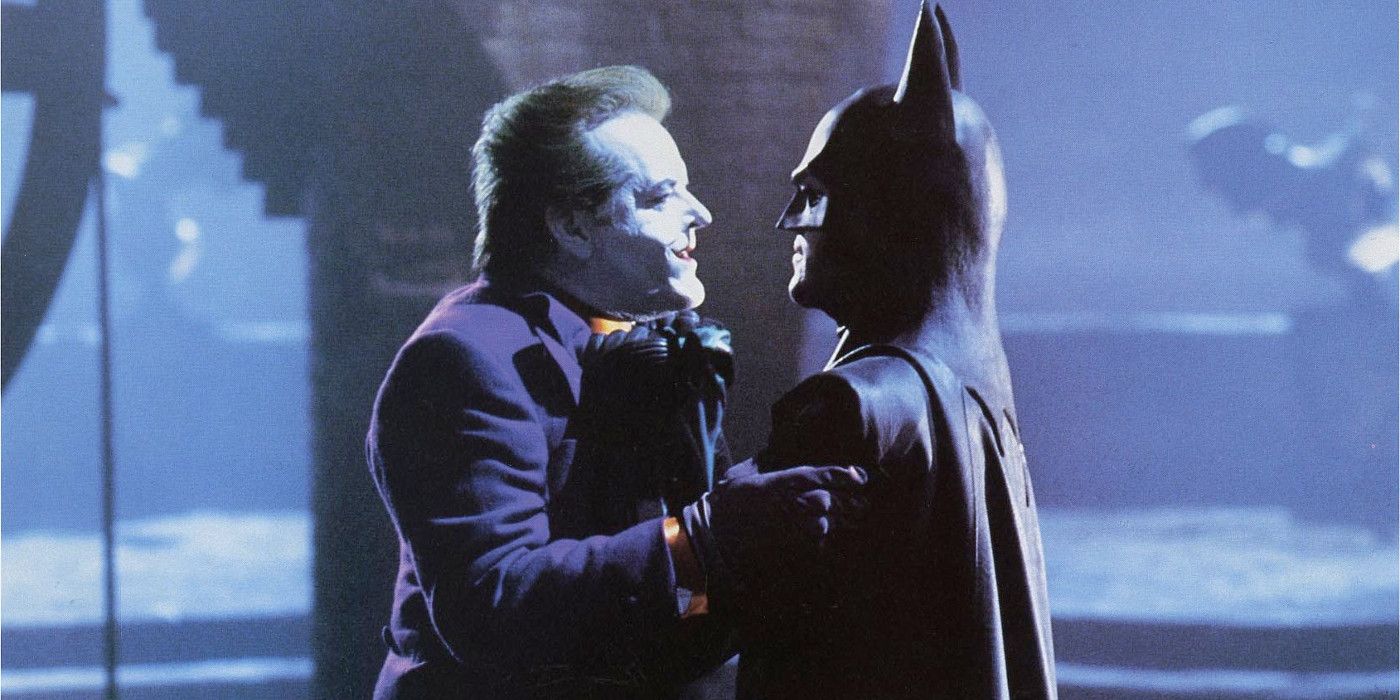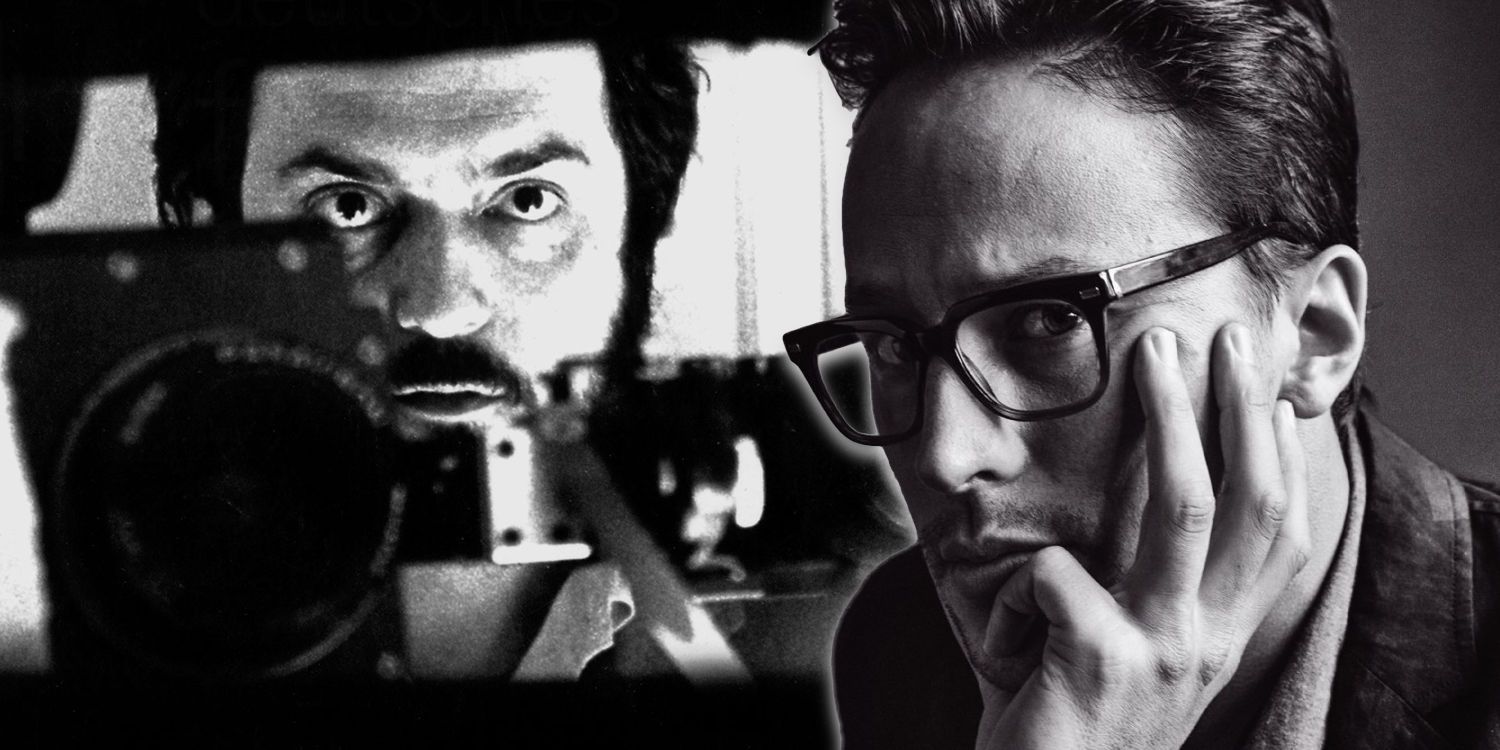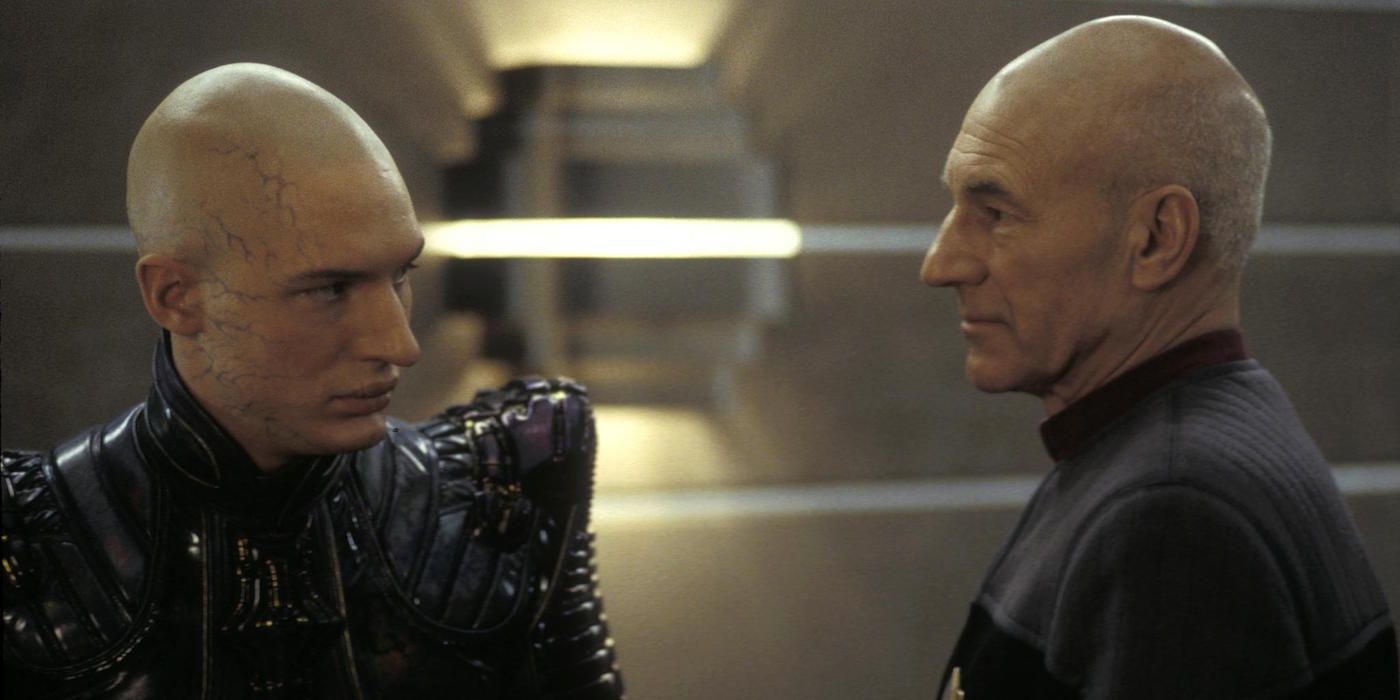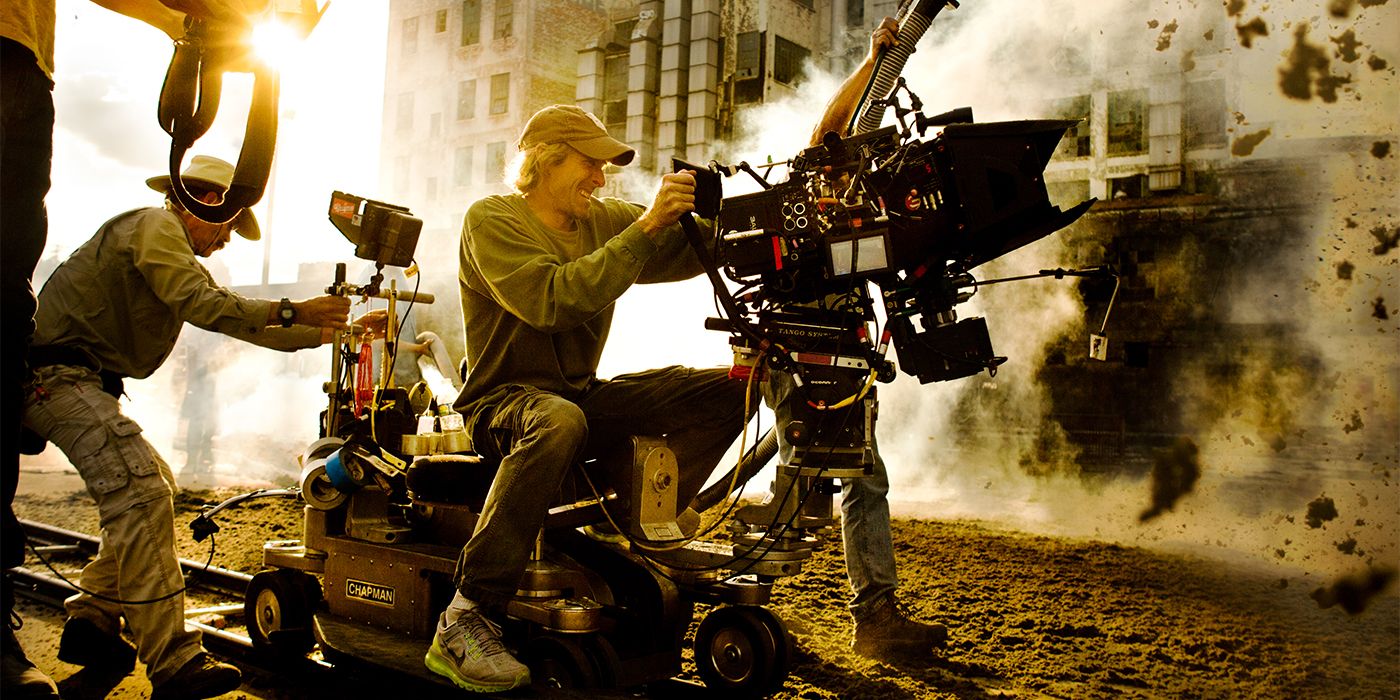Movie scripts and actual movies are often completely different. It’s not uncommon for a good script to be decimated in final form or not end up being produced at all, just like there are occasions where a bad script becomes a good movie after submitted to the process of collaboration. (Looking at you, Sylvester Stallone/Rocky Balboa.)
It all adds up to the fact that being a screenwriter requires a special mindset and an ability to let your darlings go, even to the wrong people. Perhaps worst of all, though, is when you pour out your heart and soul into a script that never sees the light of day. That has happened way too much throughout the history of film. In honor of these fallen pages, we’ve put together our picks for the 15 Movie Scripts That Were Never Produced, But Should Have Been. See if you agree.
15. Gladiator 2 by Nick Cave
“Bats** crazy” is a term that gets thrown around a lot in the movie world. In the real world, too, for that matter. But no script embodies it more than Nick Cave’s Gladiator 2 — a script that, believe it or not, wasn’t just immediately laughed out of the pitch room. According to film essayist Devin Faraci, it made it further than the birthing stages and even had a fair amount of support from Ridley Scott himself, the original film’s director.
Why didn’t it get made? Our bet is that studios are leery of sequels that are structurally different from their predecessors. Especially this structurally different. While the first was a gritty revenge epic set in ancient Rome, Gladiator 2 would have taken the now deceased Maximus into the afterlife on a quest to find his dead wife and son (who were murdered in the first film by Commodus). Maximus ends up hunting gods, and leading wars across time — from the Crusades to the Pentagon. It’s an intriguingly bizarre and visually arresting picture as written. Unfortunately, it will probably stay on the page, though we could see it existing on its own outside of the Gladiator banner.
14. 1969: A Space Odyssey or How Kubrick Learned to Stop Worrying and Land on the Moon by Stephany Folsom
Stephany Folsom penned this dramedy about an alternate reality in which director Stanley Kubrick is asked to fake the lunar landing. Kubrick would have been an obvious choice given his 2001: A Space Odyssey street-cred, so we were automatically on board for this the minute we heard the log line. 1969 — as we would hope it would be called in finished form — would present some juicy fodder for its titular star and whichever director took the reins.
Going by looks, Paul Giamatti would be a great choice for Kubrick, but since Folsom’s script is styled as a “cinematic love letter” to the director, the man (or woman) behind the camera would need similar sensibilities. Essentially you would have to get the casting of Kubrick right twice — once on the acting side and once behind the camera. Not an easy task. Thankfully, as a 2013 selection for The Black List, the script would be doing a lot of the heavy lifting. Don't count this one out yet.
13. Kaleidoscope by Benn Levy, Alfred Hitchcock
Benn Levy and Alfred Hitchcock shared a tense history. They had a falling out over Lord Camber’s Ladies in 1932, and it wasn’t until Hitch got ready to pursue his serial killer thriller Kaleidoscope that he would attempt to bridge that divide. Kaleidoscope would have come after Torn Curtain (1966) and featured an antagonist that would have been a young necrophiliac serial killer in New York. The style would have been closer to French New Wave and Italian Neorealist films (something along the lines of Michelangelo Antonioni’s Blow-Up).
While many different writers took a swing at it, Levy’s version was the most fully-formed. But still, to Hitch, it suffered from a cliched ending not unlike what would later be used by Brian De Palma in the Hitchcock homage Dressed to Kill. Three particular scenes the film would have included: “a murder in Central Park, an action scene in Shea Stadium … and a pursuit across the mothball fleet,” according to The Hitchcock Zone.
12. Who Killed Bambi? by Roger Ebert, Malcolm McLaren
Originally entitled Anarchy in the UK, screenwriter Roger Ebert (yes, that Roger Ebert) suggested and won a title change for this “Sex Pistols” version of A Hard Day’s Night. To give you an idea of the class this movie would have had, Russ Meyer would have directed as he did on Ebert’s lone produced effort, Beyond the Valley of the Dolls.
While it’s safe to see why Ebert never made it as a screenwriter — he’s not good, and far from commercial — the script is tawdry in a lovable way. Incest, violence, cruelty towards animals … many of the exploitation boxes are checked here, and it’s done so with punk’s original bad boys. Some of the elements seen in this script would later appear in the post-breakup documentary The Great Rock ’n Roll Swindle, written and directed by Julien Temple, with Pistols manager Malcolm McLaren’s participation.
11. Superman Lives by Dan Gilroy
Much has been made of Superman Lives, which would have starred Nicolas Cage as the Man of Steel (and it got damn close to becoming a reality). While narrowing down the scripts for this particular project, we tend to side with director Tim Burton and agree that Kevin Smith’s take on the screenplay was far from a workable script. Therefore, attentions turn to the most fully formed version from Dan Gilroy (Nightcrawler), which utilizes elements from previous scripts (including Smith’s and the “Death of Superman” storyline) to render a Burton-esque story that is romantic, dazzling and broad in scope.
In the master’s hands, this one would have been fun. Cage as Superman? Too bizarre to say no to. Some of our favorite elements include the “Lexiac” blend of Lex Luthor and Brainiac, an underused Superman baddie. There is also Doomsday, the early scenes on the planet Krypton, and the romance between Clark Kent and Lois Lane. If only we had a time machine, we could have worked all these goodies into a Burton film that may have overshadowed Zack Snyder's best efforts.
The full script survives today on the blog archives of Mr. Ebert.
10. Justice League: Mortal from George Miller
Kieran and Michele Mulroney delivered Justice League: Mortal to the execs at Warner in 2007. It was shortly following Superman Returns and Batman Begins, and a year or so before Iron Man would come along to kick off the MCU. Those were different times for sure, but there was something oddly familiar about it given how DC’s films have turned out.
Completely unrelated to the Batman and Superman films of the time, Justice League: Mortal would have done the whole immediate ensemble thing that we ended up with in Batman v Superman: Dawn of Justice. With Miller’s involvement, the film would presumably not have hated its audience. The script certainly doesn’t. It’s a whole lot of fun and actually has something of a sense of humor. The Writers Guild of America strike put the project on the shelf and by the time Hollywood got back to normal, the thing had fallen apart. For a while, it had a firm cast attached with Armie Hammer as Batman, Megan Gale as Wonder Woman, Adam Brody as The Flash and D.J. Cotrona as Superman.
Read it in its entirety here.
9. At the Mountains of Madness by Guillermo Del Toro
Guillermo del Toro penned a script adaptation with Matthew Robbins for At the Mountains of Madness in 2006. Ten years later, however, and a finished product is nowhere to be found. And with del Toro on the verge of conceding to a PG-13 rating for the film, we’re not sure we should still want this thing to hit theaters any time soon. Nevertheless, del Toro seems like he was put on this Earth to bring H.P. Lovecraft’s maddening vision to the screen, and he has certainly proven he has the chops to do it with films like the Hellboy series and Pan’s Labyrinth.
Of course, with a visual interpretation of Lovecraft’s work, getting this script made is less about words on the page and more about the visuals as interpreted through the lens of one of the most visionary directors of the modern age. Should At the Mountains of Madness finally come to fruition, it probably won’t be in the form that it has taken since del Toro started talking about it. He has, at one time, had a $150 million budget, Tom Cruise attached to star, and James Cameron on board as a producer. It’s hard to see any of that happening now. While horror movies generally do well at the box office, they usually have a low barrier to success via $10 million (or less) budgets. Hollywood has changed quite a bit over the years, and we don’t see them granting del Toro such a hefty sum to make the movie he wants to make. We still wouldn’t mind the effort, though.
8. The Masque of Black Death by Akira Kurosawa
Film legend Akira Kurosawa decided to try his hand at one of Edgar Allan Poe’s most famous short stories, and it would have been glorious had Kurosawa not died in 1998 before he could bring it to fruition. Unfortunately, the project never moved past the written stages, though there have been considerations through the years to turn it into an anime film. That’s actually not that bad of an idea, provided that whomever takes over the directing chores sticks pretty closely to the script.
Kurosawa describes his tale as an “expansion” of the events and characters from Poe’s story, and while it is quite different in execution, it never loses sight of the kernel that made Poe’s pondering on the inescapable nature of death so vividly memorable. While Kurosawa’s body was crippled at the time he wrote the manuscript, his ability to describe the movie exactly as he would have filmed it is nothing less than a gifted mind in top form. Read it here, but a word of warning: if you get started, you’re liable to blow through an entire day on this thing.
7. Night Skies by John Sayles
Director Steven Spielberg, fresh off the success of Close Encounters of the Third Kind, went in the complete opposite direction with Night Skies. Instead of benevolent aliens, this time, humanity would be terrorized by a group of aliens that descend on a farm similar to the fabled Kelly-Hopkinsville incident. Spielberg tapped John Sayles to write the script, which had elements of Gremlins and The Searchers in it. Ultimately, the Jaws/Raiders of the Lost Ark director would decide against Sayles’ edgier work and opt for E.T.: The Extra-Terrestrial.
This did not leave FX man Rick Baker a very happy camper, considering that he’d put a lot of work into a robotic alien (glimpsed above) that reportedly wowed everyone who saw it. Considering that Baker is the guy who gave us the changing scene in An American Werewolf in London, it could have been something truly special. While that ship has now sailed, FX are still good enough that we could see the nostalgia wave bringing Night Skies back to the spotlight. Following the box office disaster of The BFG, Spielberg should consider doing it as a cheap throwback horror film with all practical FX. That, we would pay to see.
6. Radio Flyer by David Evans
David Evans’ original script for Radio Flyer is one of the biggest missed opportunities in motion picture history. His vision ignited a bidding war and won him the then unheard-of sum of $1.25 million as writer-director. Unfortunately, Evans had never directed before and that made the studio nervous, so they would end up replacing him with Richard Donner — usually not a bad thing, but when you have a film as personal as this one, it needs to stay as close to the original vision as possible.
And what an original vision it was!
Radio Flyer, had Evans been allowed to shoot what was on the page, would have been a much darker child abuse drama spliced with striking visuals that included a worm man and zombies. Evans’ finished product probably wouldn’t have ended up with the PG-13 rating the resulting film got, but it would have been far more powerful. As is, the movie isn’t quite sure what it should be, never mind what it wants to be. It has some genuinely warm and funny family moments, and then it has some horribly uncomfortable abuse sections that somehow manage to go both too far and not far enough.
5. Batman by Sam Hamm (First Draft)
Sam Hamm doesn’t have a long and winding resume as a screenwriter. His first produced effort came in 1983 with Disney’s live-action adventure Never Cry Wolf. He wouldn’t have another feature hit the big screen until Tim Burton adapted his 1989 take on Batman. While Burton gets a lot of credit for what ended up on the screen — and rightfully so — but Hamm is too often overlooked for his contributions. In fact, we think that if Burton had stuck to the writer’s original vision, which you can read in its entirety here, it might have been an even better film than it turned out to be.
In draft one, Hamm incorporates a Joker origin story similar to the one in the final film (though this version of the Joker is younger than the Jack Nicholson portrayal). He works in a charming love story between Bruce Wayne and Vicki Vale. He hits all the right Alfred-Bruce dynamics. He vividly brings Gotham City to life, squeezes in Harvey Dent, and even manages to credibly interpret Batman and Robin in a way that wouldn’t have seemed out of place in a film directed by Tim Burton. Good stuff!
4. Napoleon from Stanley Kubrick
Well, it looks like we’ll finally (kinda) be getting this one. HBO has reportedly tapped Cary Fukunaga to direct a mini-series based on the late Stanley Kubrick’s Napoleon. Unfortunately, Kubrick never got a chance to bring this biopic to life, and it’s a shame, because after what he did with Barry Lyndon, we’re 100 percent certain he would have nailed the period stuff. Throw in the fact that Napoleon Bonaparte — history’s most famous sufferer from Little Guy’s disease — is as fascinating a character as has ever lived, and you’ve got movie magic in the making.
While Fukunaga is a far cry from Kubrick, we are confident that under the HBO banner, this will turn out well. After all, Kubrick left a script and more than 17,000 images of paintings and artifacts from the Napoleonic era to aide in showing future filmmakers the kind of movie he might have made if he’d had more time.
3. Star Trek: Nemesis by John Logan
Star Trek: Nemesis is a bit notorious in the ST feature film circuit as being the least successful film at the box office and the only film in the series not to hit No. 1. With a director who was openly hostile to existing properties and completely apathetic to The Next Generation’s mythos, it’s amazing the finished product isn’t worse than it is. Given that, it could have been one of the better entries in the series had a couple of things worked out differently.
First of all, Nicholas Meyer (Star Trek II: The Wrath of Khan and Star Trek VI: The Undiscovered Country) was game for a comeback, but he wanted to take another pass at the script. With that stipulation not being met, the directing chores fell to Stuart Baird, who knew very little about TNG and didn’t care to know. Secondly, there was tons of characterization removed from the final product. (Some counts have had it at more than one-third of the finished product’s runtime.) Do yourself a favor: read this and act like it’s the finished product.
2. Spider-Man by James Cameron
James Cameron did a detailed treatment for Spider-Man in the early 1990s, and while some of his decision-making with regard to everyone’s favorite webslinger is questionable, the film would have been interesting to see for two reasons: 1) this was Cameron in top form, hot off the success of T2: Judgment Day; and 2) the movie would have been R-rated, which is unheard-of considering that it would have been a big-budget interpretation of one of the most family-friendly superheroes out there. The term “surreal” would be applicable here.
According to Looper, Cameron had a supporter in Stan Lee. He also had a cast in mind, one that would have likely featured Edward Furlong or Leonardo DiCaprio in the red and blue tights. Much of Cameron’s vision would find its way into the Sam Raimi film that would follow a decade later (including the organic web-shooters), but we’re pretty sure that Cameron’s Spider-Man as described on the page and at that particular time in the director’s history would have been different enough to warrant viewing.
1. The Gary Coleman-Emmanuel Lewis Project by Dan Fogelman
This totally sounds made up, but it isn’t. Comedy writer Dan Fogelman penned a spec that teamed Emmanuel Lewis (Webster) and the now-deceased Gary Coleman (Different Strokes) up in an action movie where the diminutive former child stars save the world from an evil genius. Once you come to the realization that this thing is real, your next line of thinking is likely, “Yeah, but Fogelman was just bored and screwing around with it. He never meant for it to get made.” Perhaps that’s true. But that didn’t stop the script from ending on the 2008 Black List of Hollywood’s most beloved unproduced scripts.
Weirder than that achievement is what happened next. Director Michael Bay (yep, that Michael Bay)attached himself to the script and was actually mulling making it, presumably because of his success with Bad Boys. We don’t like to throw around the word “epic,” but this scenario definitely warrants it. For an excerpt and to download, BoingBoing has you covered.
---
So there you have it, ladies and gents — our 15 picks for the movie scripts that should have been made but weren’t. Which ones do you agree/disagree with, and which ones did we forget to include? Sound off in the comments section!

